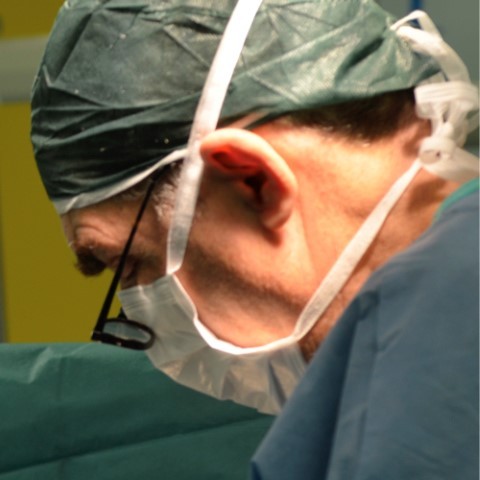Abstract
Background/Objectives. Peritoneal dialysis stands as an established form of renal replacement therapy; yet peritonitis remains a major complication associated with it. This study, analyzing two decades of data from the Nephrology, Dialysis, and Hypertension Division of the University-Hospital IRCCS in Bologna, aimed to identify prognostic factors linked to peritonitis events. It also sought to evaluate the suitability of different peritoneal dialysis techniques, with a focus on Automated Peritoneal Dialysis (APD) and Continuous Ambulatory Peritoneal Dialysis (CAPD). Additionally, the study assessed the impact of an educational program introduced in 2005 on peritonitis frequency.
Methods. Conducting an observational, retrospective, single-center study, 323 patients were included in the analysis, categorized based on their use of APD or CAPD.
Results. Despite widespread APD usage, no significant correlation was found between the dialysis technique (APD or CAPD) and peritonitis onset. The analysis of the educational program’s impact revealed no significant differences in peritonitis occurrence. However, a clear relationship emerged between regular patient monitoring at the reference center and the duration of peritoneal dialysis.
Conclusions. Despite the absence of a distinct association between peritonitis onset and dialysis technique, regular patient monitoring at the reference center significantly correlated with prolonged peritoneal dialysis duration.
Keywords: end-stage renal disease, peritoneal dialysis, peritonitis, peritoneal catheter









